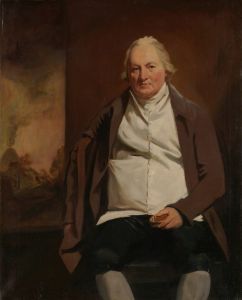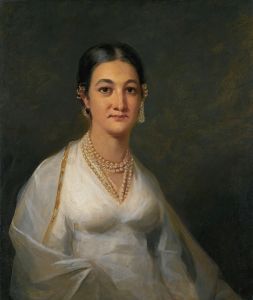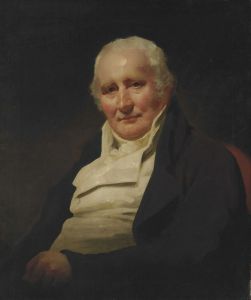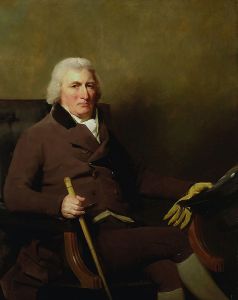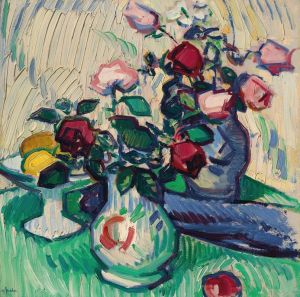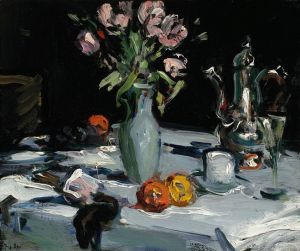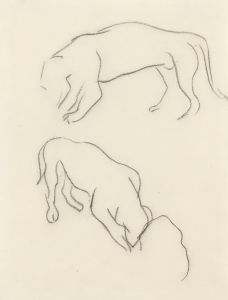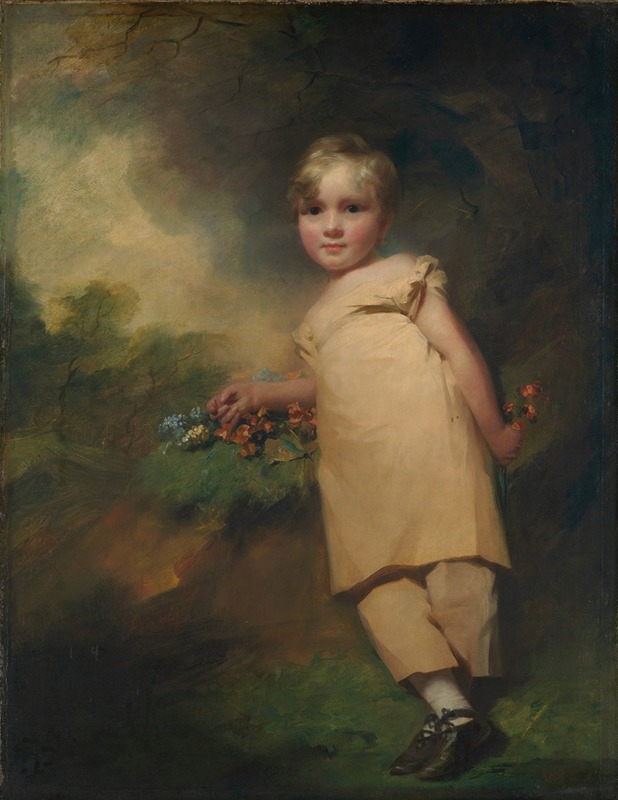
William Scott-Elliot of Arkleton
A hand-painted replica of Sir Henry Raeburn’s masterpiece William Scott-Elliot of Arkleton, meticulously crafted by professional artists to capture the true essence of the original. Each piece is created with museum-quality canvas and rare mineral pigments, carefully painted by experienced artists with delicate brushstrokes and rich, layered colors to perfectly recreate the texture of the original artwork. Unlike machine-printed reproductions, this hand-painted version brings the painting to life, infused with the artist’s emotions and skill in every stroke. Whether for personal collection or home decoration, it instantly elevates the artistic atmosphere of any space.
"William Scott-Elliot of Arkleton" is a portrait painted by the renowned Scottish artist Sir Henry Raeburn. Raeburn, born in 1756 in Edinburgh, is celebrated for his significant contributions to portrait painting during the late 18th and early 19th centuries. His works are characterized by their vivid realism and insightful character portrayal, which have earned him a prominent place in the history of British art.
The subject of this particular painting, William Scott-Elliot of Arkleton, was a member of the Scottish gentry. The Scott-Elliot family was associated with Arkleton, an estate located in the Scottish Borders, an area known for its picturesque landscapes and historical significance. The family, like many of their status during the period, would have been involved in local governance and society, although specific details about William Scott-Elliot's life and achievements are not extensively documented.
Raeburn's portraiture often captured the essence of his subjects, reflecting their social standing and personal attributes. In "William Scott-Elliot of Arkleton," Raeburn employs his signature style, which includes a keen attention to detail and a masterful use of light and shadow to create a lifelike representation. The painting likely features Scott-Elliot in attire befitting his status, possibly set against a neutral or subtly detailed background that emphasizes the subject's presence.
Raeburn's technique involved a direct approach to painting, often working quickly to capture the immediacy of the sitter's expression and demeanor. This method allowed him to convey a sense of vitality and presence in his portraits, which was a departure from the more formal and idealized portraiture of earlier periods. His ability to depict the individuality of his subjects made his work highly sought after among the Scottish elite.
The painting of William Scott-Elliot would have been commissioned as a means of documenting and celebrating the individual's status and legacy. Portraits during this time served not only as personal mementos but also as symbols of wealth and influence, often displayed prominently in family homes.
Sir Henry Raeburn's contribution to art extends beyond his technical skill; he played a crucial role in the development of a distinctly Scottish school of portraiture. His works are housed in numerous prestigious collections, including the National Galleries of Scotland, where they continue to be studied and admired for their artistic and historical significance.
While specific details about the painting "William Scott-Elliot of Arkleton" may be limited, it remains a testament to Raeburn's enduring legacy as a portrait artist and his ability to capture the essence of Scotland's historical figures.








